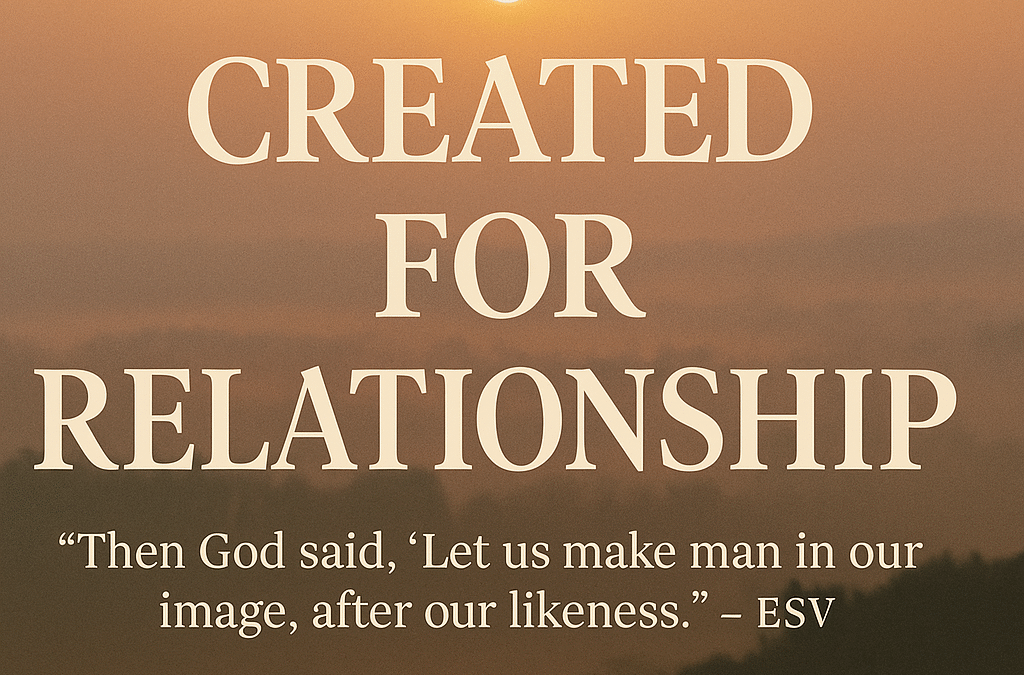📊 Make Your Own Machine Part 10: How I Track My Trades and Calculate ROI (Without a Finance Degree)
📊 Make Your Own Machine Part 10: How I Track My Trades and Calculate ROI (Without a Finance Degree)
Let’s talk numbers — not Wall Street numbers.
Real-life, “what’s actually happening in my account” numbers.
Because if you’re running the FIRE Engine, you should be asking:
“How do I know if this is working?”
You don’t need a finance degree.
You don’t need 17 color-coded spreadsheets.
You just need to answer three questions:
✅ 1. How much did I spend?
✅ 2. How much have I earned back?
✅ 3. What’s my return?
Let’s keep it simple.
🧮 Step 1: Know Your Cost Basis
Your cost basis is what you paid for your shares.
If you bought:
- 100 shares of RUM at $7.50
- That’s $750 invested
That’s your starting point — your engine’s frame.
💰 Step 2: Track Your Premiums
Every time you sell a covered call, you collect premium. That’s income.
Track it weekly or monthly. You can do this:
- In a notebook
- In a simple spreadsheet
- Or in your notes app — whatever works
Example:
| Date | Contract Sold | Premium Collected |
|---|---|---|
| June 7 | RUM $9 6/14 Call | $15 |
| June 14 | RUM $9 6/21 Call | $17 |
| June 21 | RUM $10 6/28 Call | $12 |
| Total | $44 |
Now you’ve made back $44 on your $750 investment in just 3 weeks.
📈 Step 3: Calculate Your ROI
Use this simple formula:
Premium Collected ÷ Cost Basis x 100 = ROI%
In our example:
- $44 ÷ $750 = 0.0586
- Multiply by 100 = 5.86% return
That’s nearly 6% in 3 weeks — just from premiums.
Annualized? That’s huge. And we haven’t even factored in share price gains or dividends (if your stock has them).
📒 Want a Simple Spreadsheet?
I’ve got one.
Nothing fancy — just:
- Share count
- Contracts sold
- Premiums earned
- % return over time
👉 Grab the free FIRE Engine Tracker here (link to Google Sheet or future opt-in)
Or just copy the layout above and build your own. No stress.
🧠 Bottom Line
If you can count to 100 and write down a few numbers, you can track your FIRE Engine.
This isn’t high-frequency trading. It’s slow profit stacking — and the numbers tell the story.
👉 Up Next : [Post 11: What If I Don’t Have Enough for 100 Shares? (Using Cash-Secured Puts to Build In)]
Want to see how my premiums are stacking up each week? Check out the FIRE Engine blog.
